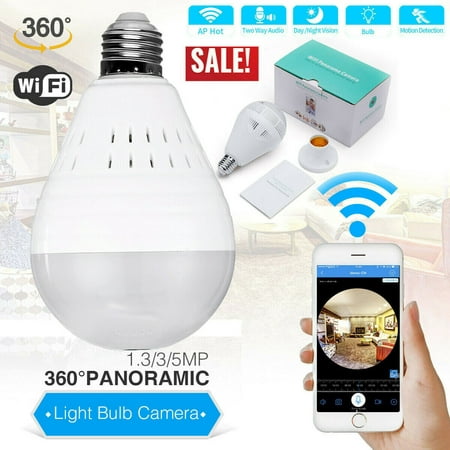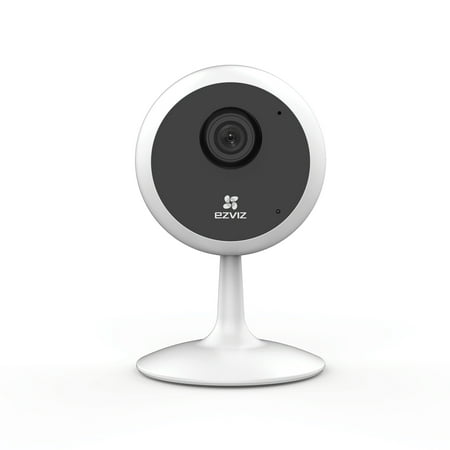Small HD 1080P Camera USB Wall Charger Video Recorder Surveillance Security Cam, Motion Detection for Office/Dog/Baby Monitor
Feature1.When you’re equipped to begin recording, simply insert it into the wall, and eliminate it while you don’t need to record2.This USB wall charger digicam lets you capture 1080P HD video so that you can see what is going on whilst you are not in your house, office, business or anywhere else that needs to be hidden and secure3.Built-in digicam helps loop recording. When memory fills up, the device will robotically overwrites the oldest files4.Designed with movement detection feature. It additionally aid fee for your phone and different devices5.Compatible machine for Windows me / 2000 / XP / 2003 / Vista,for Mac OS,for LinuxSpecificationsProduct Name:Small Camera USB Wall ChargerColor:As shown within the picturesMaterial:ABSResolution:1920x1080P, 30fpsRatio:sixteen:9Battery Capacity:80mAhUsing Time:2-3hoursCharging Time:1-2hoursSupport Storage:Max 32GBCompatible System:For Windows me / 2000 / XP / 2003 / Vista,for Mac OS,for LinuxMotion Sensor:SupportSize:3x3x5.3cm / 1.2×1.2x.1inchNoteThe real color of the object can be slightly distinctive from the images proven on internet site as a result of many elements which include brightness of your monitor and mild brightness.Package Contents1 x Small Camera USB Wall Charger1 x USB Cable(70cm)2 x Hidden Cover1 x USB 2.0 Card Reader1 x User Manual






When you are equipped to start recording, without a doubt insert it into the wall, and cast off it while you don’t want to recordThis USB wall charger digital camera lets you seize 1080P HD video so you can see what goes on whilst you are not in your own home, workplace, enterprise or everywhere else that desires to be hidden and secureBuilt-in digital camera supports loop recording. When reminiscence fills up, the tool will routinely overwrites the oldest filesDesigned with motion detection function. It also assist rate for your smartphone and other devicesCompatible system for Windows me / 2000 / XP / 2003 / Vista,for Mac OS,for Linux





Reviews
There are no reviews yet.